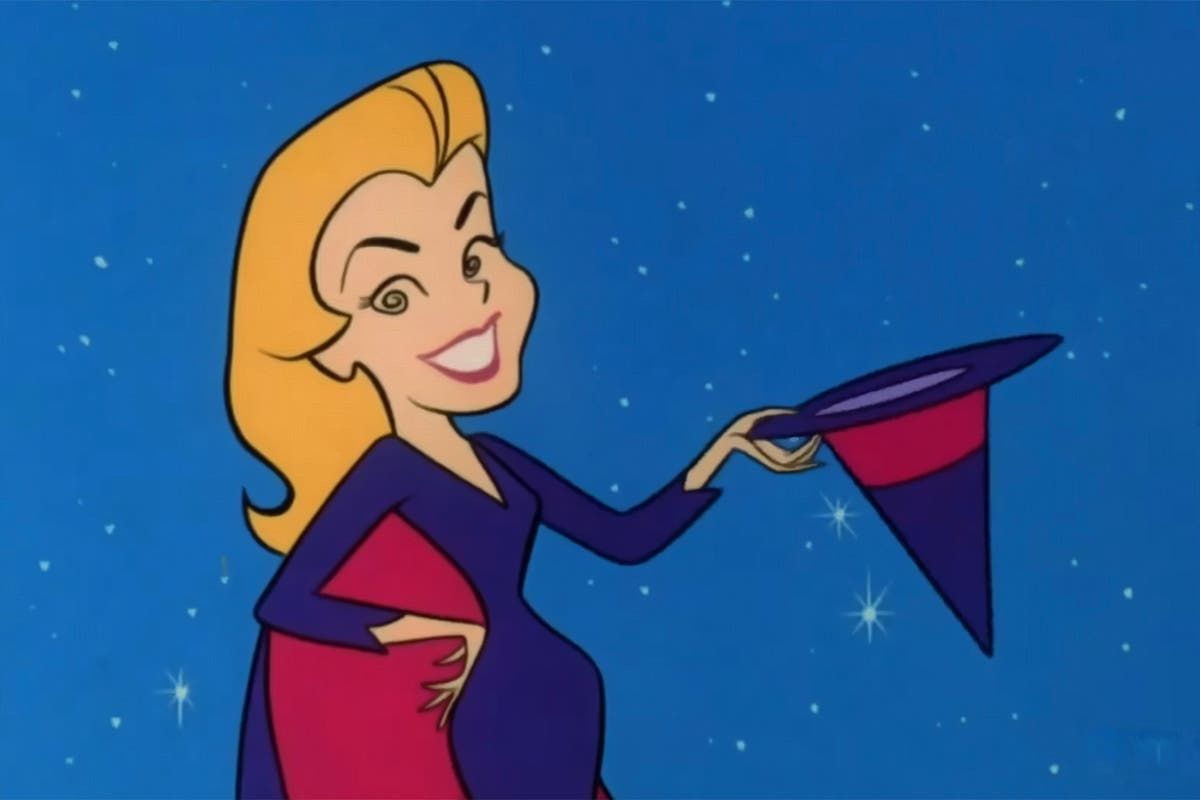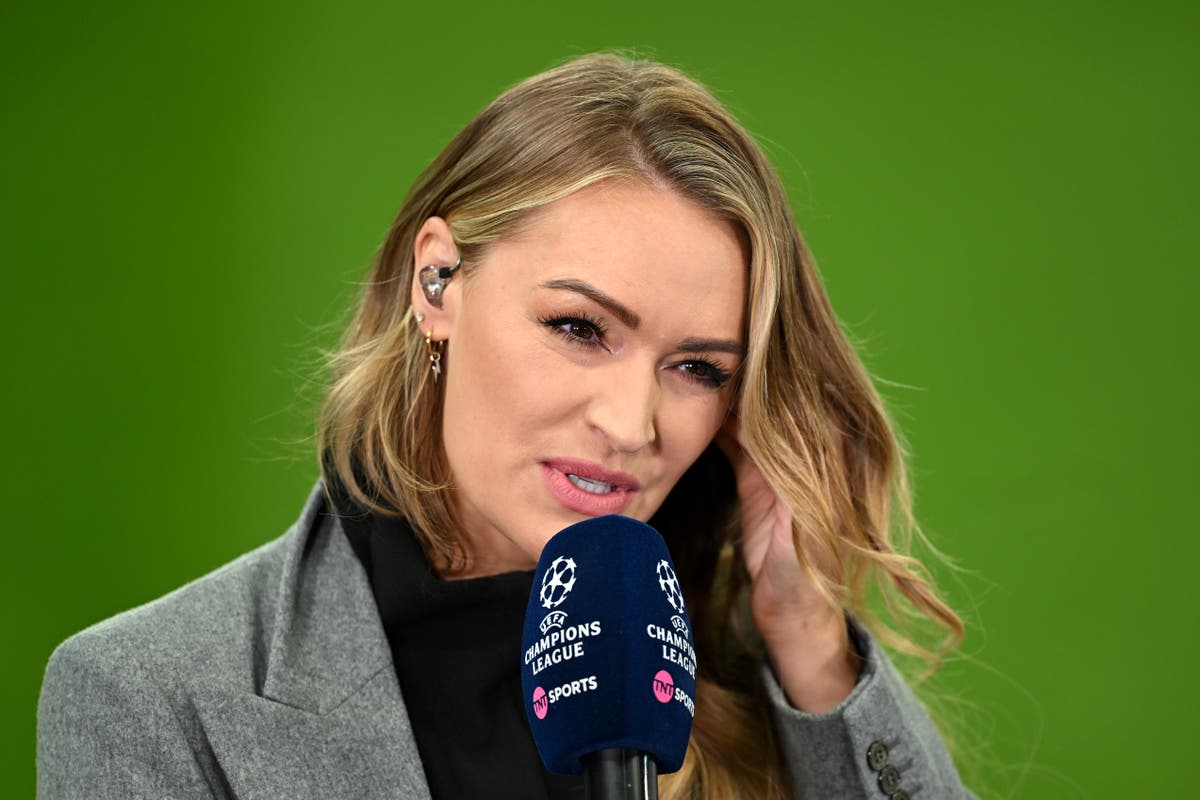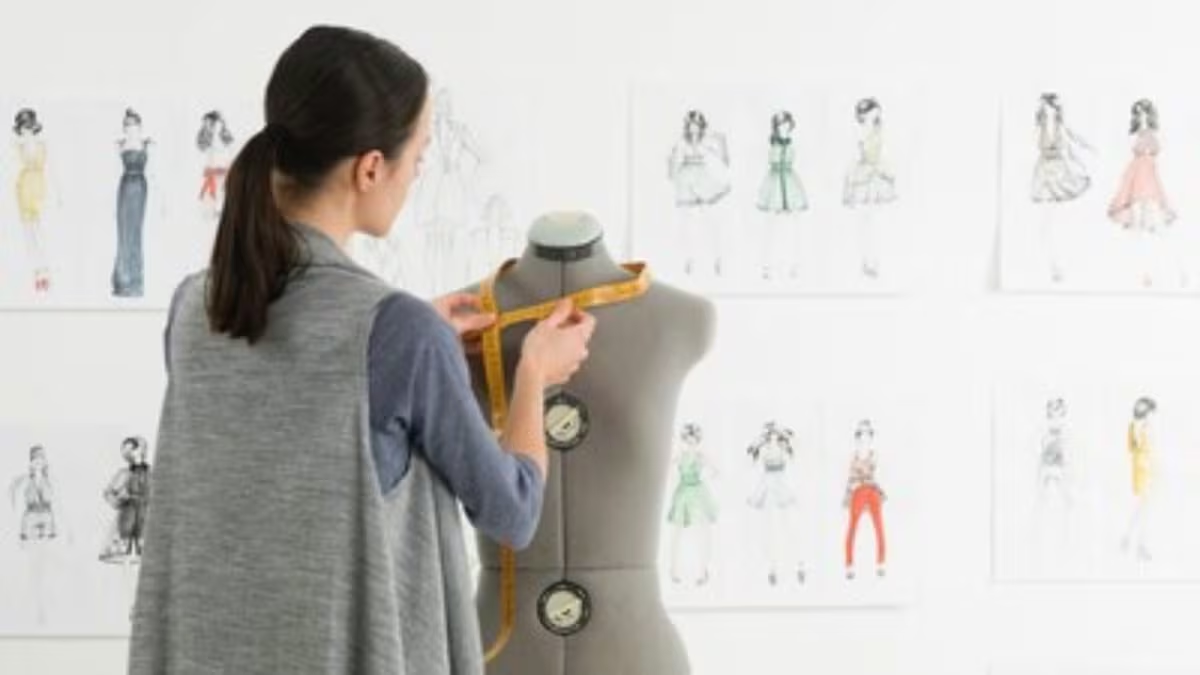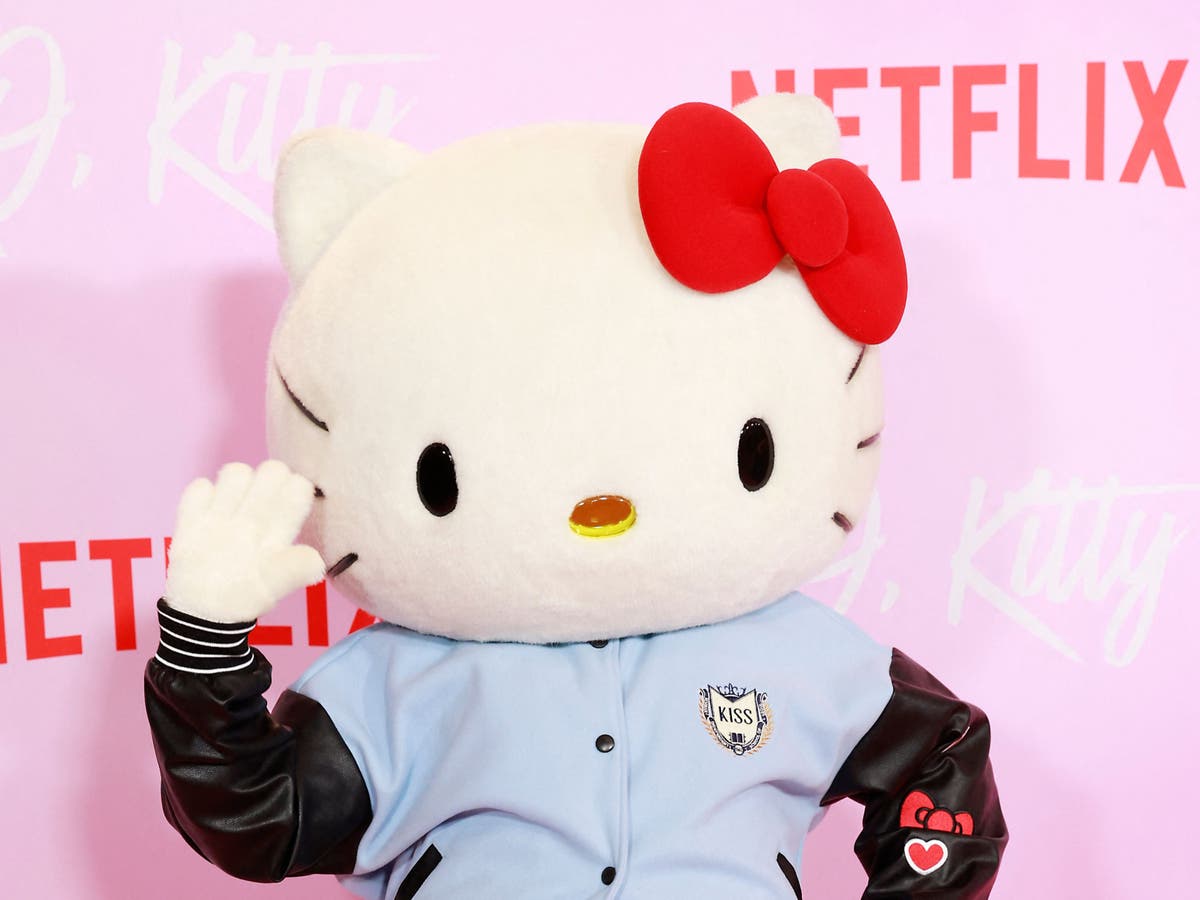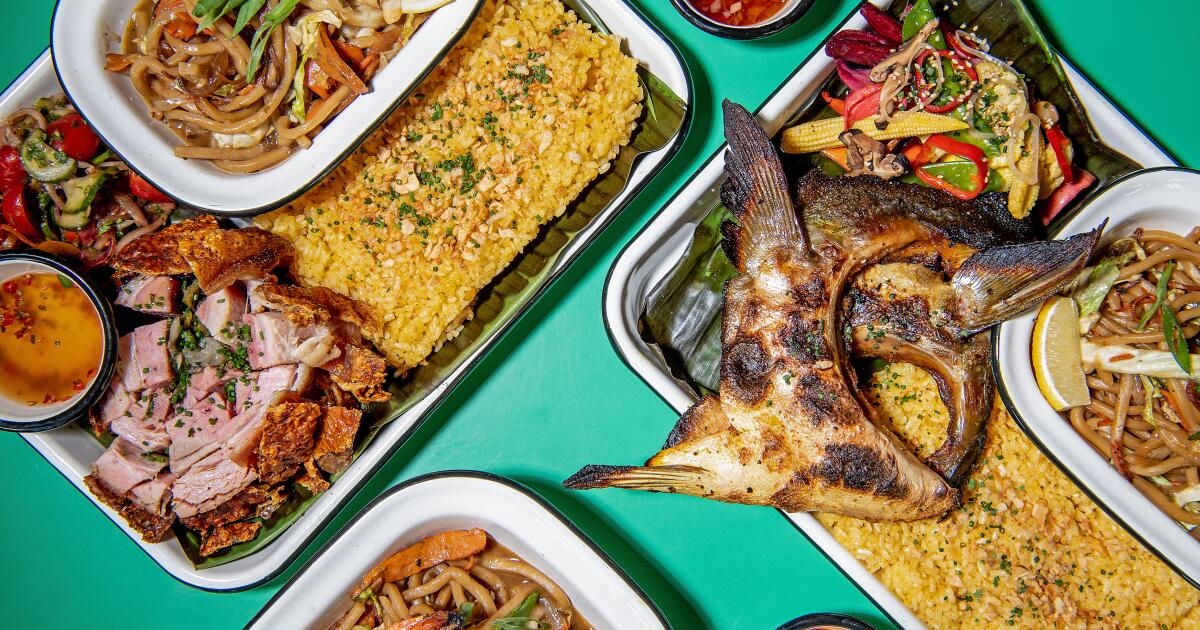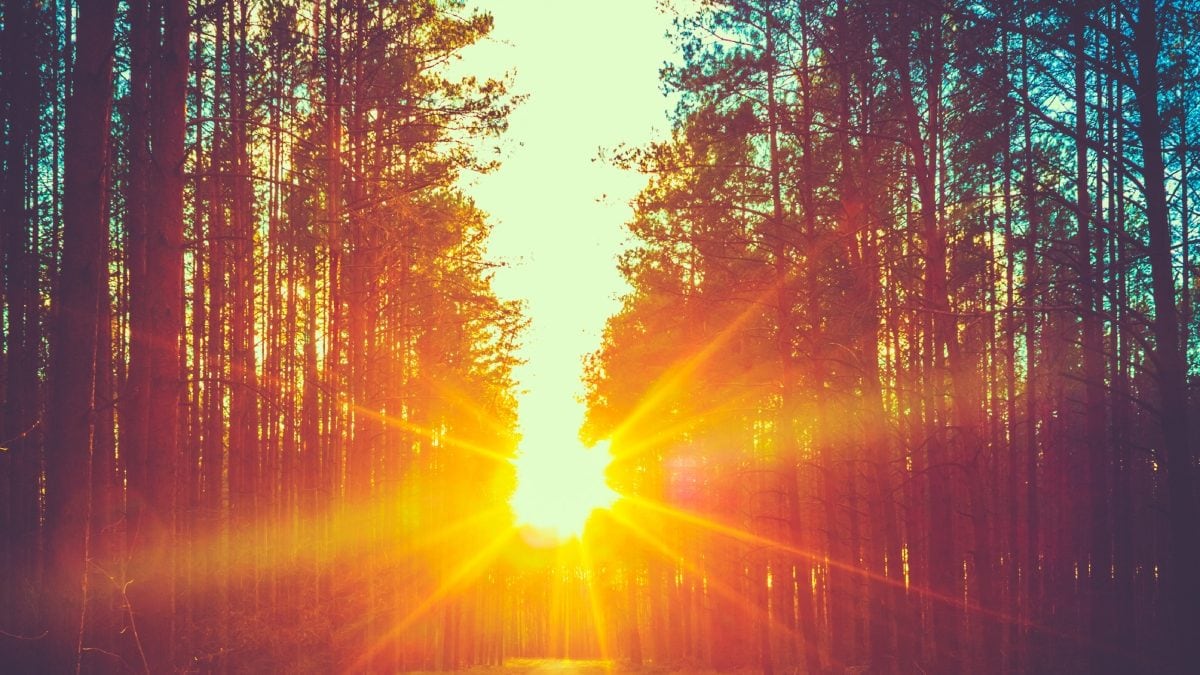Truly support
independent journalism
Our mission is to provide unbiased, fact-based reporting that holds the powerful to account and exposes the truth.
Whether it's $5 or $50, every contribution counts.
Support us in offering journalism without agenda.
YoIn 2024, being a witch is officially trendy. It just took several centuries. If that’s a sentiment that makes you raise your eyebrows (or question my sanity), you clearly haven’t been spending enough time online. Today, witchcraft is everywhere on social media, but particularly on Instagram and TikTok.
From spiritual gurus who promise to change your life through crystals and spells to real witches who claim to practice the occult (and can teach you how, too), there's a litany of fascinating stuff out there right now. But practicing some of it could cost you several months of your salary.
Well, that is if you look for the witch of the day, Kate Tomas, a 43-year-old “professional witch” and “spiritual mentor” whose clients include Lena Dunham and the Will and grace Movie star Megan Mullally is also dating Andrew Garfield, which might also be why his name rings a bell. Tomas works with people in myriad ways, but primarily does readings involving tarot cards. These sessions last 45 minutes and cost – wait for it – £1,500. The price also includes two days of WhatsApp chats to further discuss the reading, and is usually followed by a minimum six-month “spiritual mentoring” contract for £4,000 per month. “Magic takes time,” Tomas told The Sunday Times in a recent interview. “It can’t happen overnight.”
No, it can't be. But does it really have to cost as much as a second-hand car? The suggestion that it does has sparked criticism and the suggestion that witchcraft is simply the latest component of spirituality to be co-opted by the wellness industry.
Tomas is far from the only practitioner who makes the most of her gift. There are countless spiritual healers dotted around the country who promise to change your life with some form of witchcraft practice, whether through tarot readings and moon rituals or spell-casting and shaman ceremonies. There is psychic to the stars Fleur Leussink, who is based in Lisbon and charges $700 (£586) for a 45-minute reading; she also has a five-year waiting list. Then there is Princess Diana’s go-to medium, Sally Morgan, who tours the country giving readings to the masses.
On the other hand, there is an internet subculture known as WitchTok, where people (and usually young women) passionately discuss spells, rituals, and the basics of magic. In one video, a woman lists some of the apparent signs that a person is “a natural witch.” These include “feeling like an outsider most of your life,” “having strong intuition,” and animals being “attracted to you.” Well, if she’s right, then I’m probably a witch, too.
The rise of platforms like TikTok and Instagram has played a major role in making witchcraft more visible and accessible. This is a positive development. However, it is essential to approach these practices with respect and awareness of their origins and meanings.
Emma Griffin, author
However, a quick foray into all this suggests that the word “witch”, while trendy, is being used a little loosely on the internet. Is Tom a witch simply because he says he is? Or because he can read tarot cards? And does that give him the ability to charge thousands of pounds for his services? Am I a witch because I feel like an outsider and cats like me? Could I be? also Am I charging people thousands of pounds to talk to me about their lives? Am I missing out on a business opportunity?
“Witchcraft has definitely been co-opted by the wellness sector,” says Michael Cardenas, head witch of Olde Ways, an online hub for mystical information, magical services, and apothecary products. “It’s actually having an incredibly negative cultural impact on witchcraft practices, diluting and ‘normalizing’ them to the point that the term ‘witch’ has begun to lose its meaning.” Cardenas offers a number of services to clients, ranging from clairvoyance and tarot readings to medium sessions and spell consultations.
A witch today, she explains, “is someone who truly takes an empowered approach to life by connecting with the cycles of nature (moon, sun, seasons, planets), aware of their ability to manifest their needs through the use of magic, someone with heightened psychic abilities, and who aligns with gods, spirits, and ancestral worship practices.” Of course, this is a definition that varies depending on who you ask. “Personally, I feel like my witch energy is very connected to my spirituality and feminist beliefs,” says Semra Haksever, who defines herself as an “eclectic witch.”
“So I bring together different practices and elements of craftsmanship and find inspiration in many ancient traditions.”
What being a witch is not, says Cardenas, is simply going to a “glorified meditation retreat with juicing, journaling, and intention setting on a gentrified island somewhere.” If you search WitchTok hard enough, though, you’ll find depictions of exactly this pretty quickly. Most of them will also try to sell you something. “You don’t need anything to be a witch,” says Gabriela Herstik, an author and witch based in Los Angeles. “You don’t need $1,000 readings or a $75 crystal. Witchcraft is a way to live and work with your power, but it’s been co-opted by being commodified as a panacea. Breathwork, meditation, movement, affirmations, working with the cycles of the sun and moon — these don’t cost anything.”

Part of this confusion – and the growing interest in witchcraft – could be due to the rise of wellness in general. For the better part of the last decade, there has been a growing interest in the pursuit of living well, whether through trends like “clean eating,” which has since drastically fallen out of fashion, or through the adoption of new, trendy ketogenic diets and the overload of supplements and superfoods. “This phenomenon highlights a growing interest in holistic and alternative approaches to health and wellness,” says Emma Griffin, author of The Witch's Way HomeA Beginner's Guide to Modern Witchcraft.
For many, this interest began to emerge during the pandemic. “During lockdown, people began to explore new ways to reconnect with their true selves and manifest their desires,” Griffin adds. “The rise of platforms like TikTok and Instagram played a big part in this boom, making witchcraft more visible and accessible. This is a positive development, as it provides a wealth of learning resources and inspiration that weren’t available before the internet. However, it’s crucial to approach these practices with respect and awareness of their origins and meanings.”
Of course, few contemporary practices have as centuries-old and misogyny-laden a history as witchcraft. According to English Heritage, between 30,000 and 60,000 people were executed during the era of witchcraft persecution, which began in the 15th century and lasted into the 18th century. In England, the majority of those accused of witchcraft were women; it’s not hard to see how the practice has been weaponized in both popular culture and mainstream society ever since.

The most famous cultural example might be that of Shakespeare's strange sisters in Macbethwho are described as horrible “midnight hags.” Then there is the Wicked Witch of the West in The Wizard of OzMore recently, these stereotypes have been modernized and subverted through cult shows such as Buffy the vampire slayer and DelightedBut “witch” remains a word used to oppress, belittle and diminish women; Hillary Clinton, Nancy Pelosi and Theresa May have all been labelled as such.
“It’s been great to see that there’s more awareness about history and misogyny after years of only seeing witches depicted as evil women who put curses on people,” says Haksever. “I think most people who are drawn to the witch archetype have experienced some form of persecution in their life. I hope that with the growing interest, the true history of the witch will become more widely known, which I really think would help women’s rights and equality and what we’re facing right now.”
However, growing awareness isn’t exactly dismantling the misogyny society attributes to witches and everything associated with them. This brings me back to Tomas, who was forced to remove a “seduction masterclass” from her website due to, as she explained on her podcast, “horrible accusations made against me that I had used magic to seduce my partner.” An article has since been published clarifying that “Andrew Garfield’s girlfriend swears he didn’t cast a spell on her.”
Griffin believes this mindset may have its roots in the past. “There is a concept known as the ‘witch wound’ – a collective trauma believed to have been inherited from the historical persecution of witches,” she explains. “This idea suggests that many people have an unconscious fear and judgment of witchcraft, stemming from past violence and oppression. Healing this ‘witch wound’ involves overcoming these deep-rooted fears and judgments and fostering a more open and tolerant view of witchcraft today.”
Ultimately, while things are changing and people are becoming more open to the idea of witchcraft and what it can entail, it’s clear that we still have a long way to go if we want to truly address what it is, to what extent it can (and should) be commercialised, and how we perceive those who practise it. “At its core, while the perception of witches is changing, there is still a need for greater understanding and acceptance,” Griffin adds. “By educating ourselves and challenging the representations we’re given in the media, we can continue to heal historical wounds and appreciate the diverse practices and beliefs within modern witchcraft.”

